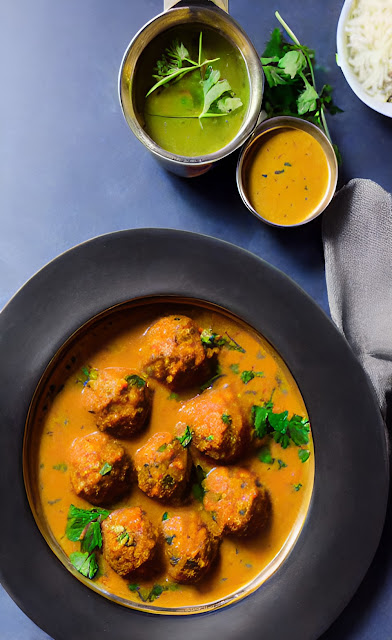How to make duck confit
Duck confit is not a recipe in itself, but a way of preserving it. They consist of using the bird's own fat to ensure that it is preserved for long periods of time in the refrigerator, just as some cheeses are sold in jars filled with olive oil (another fat, in this case vegetable).
Duck confit is made with the thighs of the animal, cooking it at a very low temperature for long periods of time and using the fat that it exudes to make a kind of preserve. You can buy confit already made in any supermarket so that you only have to heat them and use the fat, if you want, to sauté vegetables or potatoes.
The confit is usually made with duck or goose, which have a large amount of fat. Pork is also sometimes used but is less common. When confitting the meat it acquires a very tender texture and an intense flavor, so if you do not like duck or goose meat, do not try to confit them.
Another advantage of the confit is that you can prepare the duck weeks before any meal and then only dedicate yourself to heating. In fact the meat will be more palatable. A confit can last in a sealed jar for up to 6 months in the fridge.
If you follow the following steps, confitting the duck or goose will be very simple:
1. Cured:
It consists of rubbing the thigh with coarse salt and garlic cloves. Then it is left in a deep container - to collect the fat - that can go in the oven but in the refrigerator, at the top (the least cold) for at least 24 hours. Some recipes add flavoring herbs but I don't usually use them.
Do not forget to cure the duck ! It is important to ensure its conservation.
2. Quick Bake
Once the curing time has elapsed, we eliminate the excess salt, preheat the oven to 250 degrees (480 F) and introduce the thighs so that they brown (you can even do it carefully using the grill). This process is only intended to color the skin.
3. Slow bake
It is the most important part. Lower the temperature of the oven to 100 degrees (212 F) and let it cook for about 2 hours. Good confits are made at extremely low temperatures - between 70/158 F and 90 degrees / 194 F - and for periods of time that can take up to 12 hours. The principle is this: low temperature and long time make the meat softer and more tender. Let's say that if you are not patient, 90 minutes and 125 degrees (257 F) should be more than enough.
4. Conservation
After baking the container will be full of fat. Extract the thighs and place them in a tall, narrow container (a canning jar, for example). You fill the container with the fat so that it fills all the holes and if it is possible that it covers the meat with a thickness of two fingers. You close with a lid or plastic wrap and when cool direct to the refrigerator.
When the moment of preparation arrives, you will only have to remove the thighs, heat them in the oven and use the fat to sauté potatoes or vegetables, caramelize onions, etc, etc.




Comments